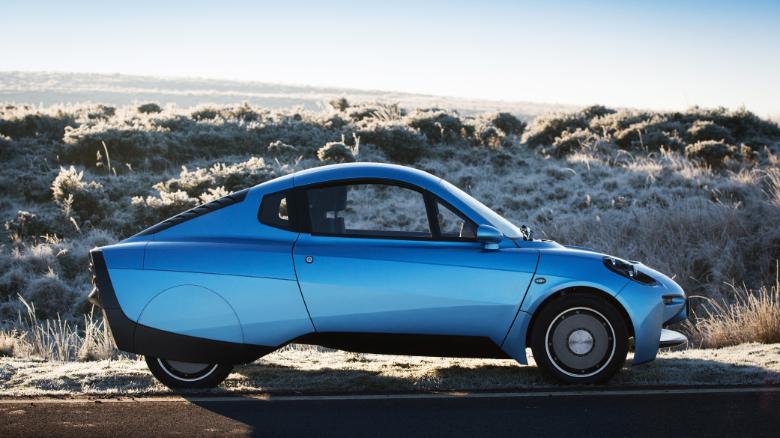SATA, Thunderbolt, USB, and SD cards
An update to my post Digital Film – Storage, this brings the I/O performance, transfer bandwidth, and storage capacity numbers up to speed. I offer this in part for my own quick reference, in part to compare to the industry standard just a few years ago, and in part to keep companies such as Apple from spewing marketing bullshit. While the latest, greatest Thunderbolt might offer an increased capacity, the reality is that the drives themselves are very much limited by their ability to get data off the spindle or out of the Solid State interface.
USB I/O PERFORMANCE
USB 1.0 (LS) – 1.5 Mbit/s (187.5 KB/s calc)
USB 1.1 (FS) – 12 Mbit/s (1.5 MB/s calc)
USB 2.0 (HS) – 480 Mbit/s (60 MB/s calc)
USB 3.0 (SS) – 5 Gbit/s (625 MB/s calc)
USB 3.1-2 (SS+) – 10-20 Gbit/s (not yet to market?)
SATA and THUNDERBOLT I/O PERFORMANCE
SATA 1.0 – 1.5 Gbit/s (150 MB/s real-world)
SATA 2.0 – 3 Gbit/s (300 MB/s real-world)
SATA 3.0 – 6 Gbit/s (600 MB/s real-world) *
SATA 3.2 – 16 Gbit/s (1.97 GB/s real-world)
Thunderbolt 1 – 10 Gbit/s (1.22 GB/s calc)
Thunderbolt 2 – 20 Gbit/s (2.44 GB/s calc)
Thunderbolt 3 – 40 Gbit/s (4.88 GB/s calc)
(source)
* The fastest single drive on the market today delivers 6 Gb/s which could, if the drive is running at its maximum performance, saturate a USB 3.0 connection yet it remains 40% slower than the slowest Thunderbolt.
SD CARD PERFORMANCE
DS – Default Speed: 100 Mb/s (12.5 MB/s)
HS – High Speed: 200 Mb/s (25 MB/s)
UHS1 – Ultra High Speed I: 832 Mb/s (104 MB/s)
UHS2 – Ultra High Speed II: 2.5 Gb/s (312 MB/s)
UHS3 – Ultra High Speed III: 6.6 Gb/s (832 MB/s)
SD CARD CAPACITY (SIZE)
SD: 2GB or less
SDHC: 2-32GB
SDXC: 32GB-2TB
(source)

 If you were not born in the ’70s, if you do not feel books and movies as deeply as you do real life, if you were not instilled with a sense of magic and hope by the original Star Wars trilogy, then you will not understand when I say, When a hero dies, a part of each of those who believed dies too.
If you were not born in the ’70s, if you do not feel books and movies as deeply as you do real life, if you were not instilled with a sense of magic and hope by the original Star Wars trilogy, then you will not understand when I say, When a hero dies, a part of each of those who believed dies too. If a film is engaging, we should be moved to ask How are we affected? What do we take away? How do we see ourselves in the story unfolding, and how is our own view of the world changed? Perhaps the story received is a simple comedy, designed to give us a moment of joy, or one that haunts us for hours, weeks, even years. The depth of connection to the characters can bring us back again and again to the same story and to its sequels. A new universe is given form, and in that time and space, the story becomes our own.
If a film is engaging, we should be moved to ask How are we affected? What do we take away? How do we see ourselves in the story unfolding, and how is our own view of the world changed? Perhaps the story received is a simple comedy, designed to give us a moment of joy, or one that haunts us for hours, weeks, even years. The depth of connection to the characters can bring us back again and again to the same story and to its sequels. A new universe is given form, and in that time and space, the story becomes our own.